Wednesday 23rd May
Sleeping on a car park in the middle of a hairpin bend turned out to be surprisingly quiet, until about 7am when Ragusa started to wake up.
Helen and Mark joined us at 10am and for the first time ever our third and fourth seats got used in earnest. Apart from a couple of wrong turns, more the fault of the driver than SatNav, on this occasion, the journey to Agrigento was uneventful. One of the wrong turns gave Mark and Helen an idea of what a nightmare Basil is in tight Italian villages, in particular with the Italian’s anarchic interpretation of the word “parking”!
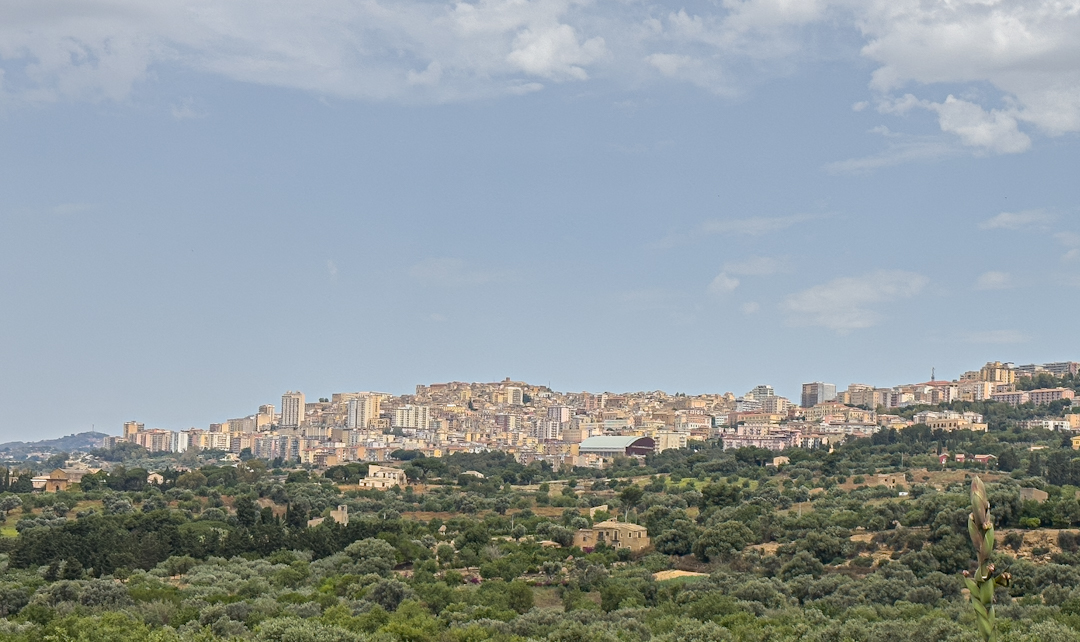
I was nearly too brave in trying to drop them at the door of their B&B in Agrigento, but more sensible heads (Mark, Helen and Sarah) prevailed and we dropped them off before the narrow streets of old Agrigento started.
Subsequently Sarah and I parked up on a huge free car park (37.3038, 13.5883) from which, by craning our necks, we could just make out some of the Temples we were here to see.
I went for a walk round the immediate area to scope out restaurants and we ended up having pizza. Mine was an extraordinary Smoked Salmon and Buffalo Mozzarella, which must have contained half a pound of Salmon and two Mozzarella balls!
Thursday 25th May
Today Team Basil were up with the Lark. If I’m honest it would have to have been a rather lazy lark, but in any event we were up bright and early.
After a quick breakfast we drove Basil a couple of miles to a car park just outside the UNESCO World Heritage Valley of the Temples. Before we go any further, can I make it clear that the Valley of the Temples is not a valley but the opposite, a ridge! Why it is termed a valley is lost in the midst of time.
We obtained our entrance tickets and entered the Ancient Greek city of Agrigento. Most of what can be seen was built in the 5th and 4th Centuries BC. To give an idea of the size of the ancient city it stretches for 2km along the ridge.
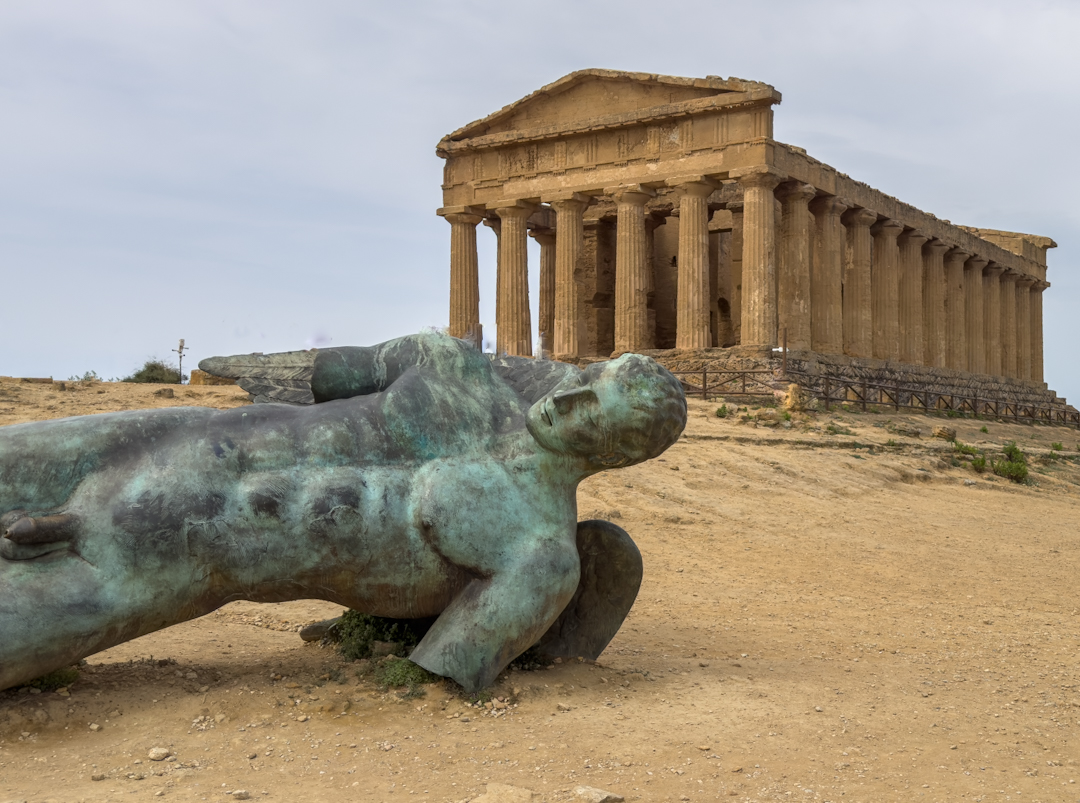
The city was at its height in the 5th Century with a population of probably 30,000 or so but was then sacked by the Cartheginians. Although building carried on after that, it never regained its former status.
The city was then fought over by the Romans and the Cartheginians during the first and second Punic Wars where the city was badly damaged. Rome was finally given ownership, but it remained a mostly Greek speaking community.
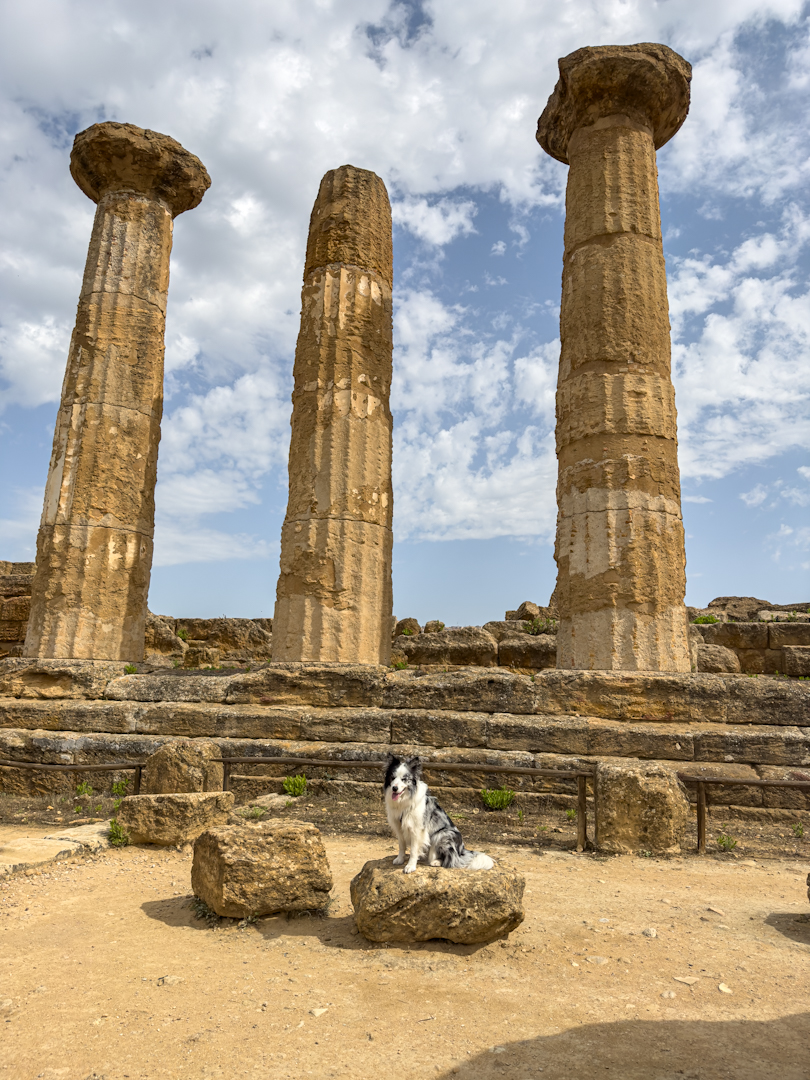
What is left now is one very complete temple, the Temple Concordia, which owes its survival to its use as a church in the 6th Century AD. It is one of the finest surviving examples of Greek civilisation.

There are the remains of another five temples on the site, three of which, Juno, Heracles and Castor and Pollux, are partially standing, with Castor and Pollux being partially re-assembled in the 20th Century. In addition to damage caused by war, much of the temple structures have been used over the years for construction of nearby churches and other buildings.
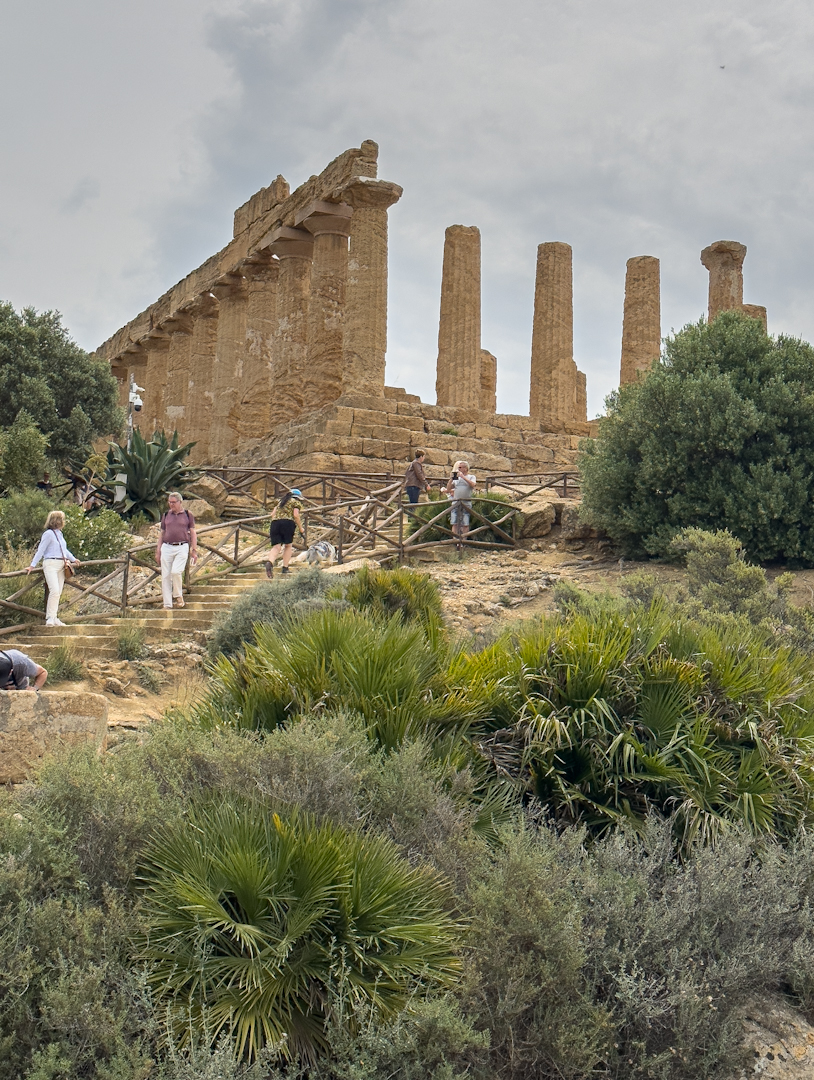
In addition to the temples the ruins and foundations of many other buildings are sprawled across the site, together with bits of the city walls; entrance gates; early Christian rock tombs; and even an example of an early wine press.
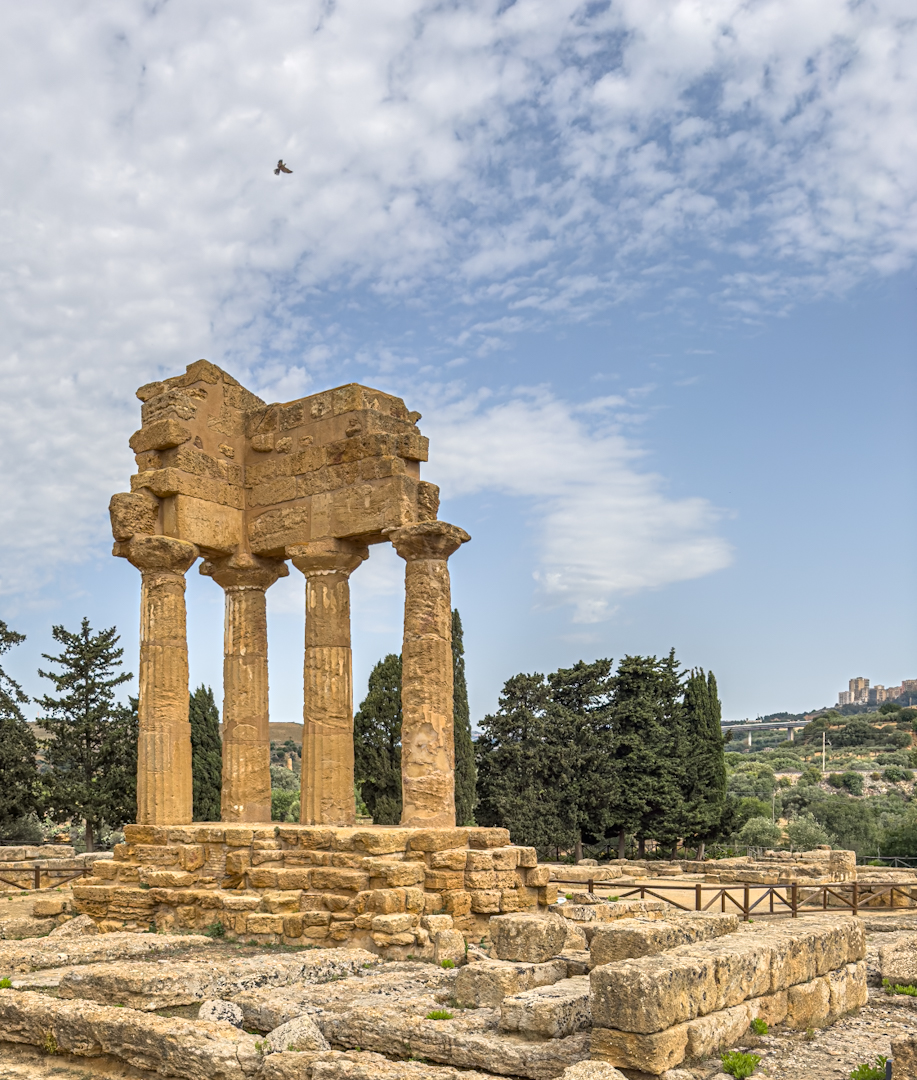
Arriving early our initial exploration was quiet, but as we reached the Temple of Concordia the crowds increased. Mark and Helen were also on site and we met up for a drink in a cafe to say our goodbyes, again.
Following our tour of the site we set off for Catania, with an easy drive mostly along motorways. We are now ensconced on a private Sosta on the outskirts of Catania (37.4872, 15.0855. €10 plus €5 for electricity). Mount Etna, for the first time on this trip, is clearly visible, with snow still lying thickly on its flanks.
Weather allowing, our intention is to walk in to Catania tomorrow for a look at the sights.
